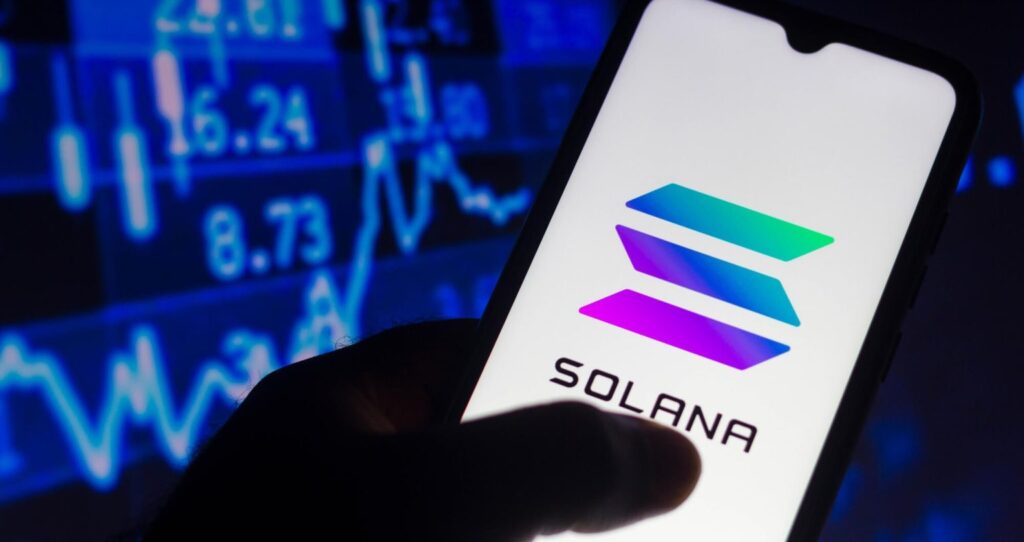- Russia plans to launch two cryptocurrency exchanges to boost its digital finance sector and circumvent international sanctions.
- The country aims to introduce stablecoins tied to the Chinese yuan and BRICS currencies to support cross-border transactions.
- Access to the exchanges will initially be limited to select users, with broader access for larger businesses later.
Russia is planning to launch two new cryptocurrency exchanges as part of its strategy to boost its digital finance sector. According to the Russian newspaper Kommersant, the first exchange will be dedicated to foreign economic and trade activities and is expected to leverage the St. Petersburg Currency Exchange (SPCE) database.
This platform aims to facilitate foreign transactions, allowing Russian businesses to circumvent traditional financial systems, especially in light of ongoing international sanctions.

The second exchange is planned for Moscow, but its structure and operational basis remain undecided. Sources suggest it could either be built upon the existing Moscow Exchange or established independently under a new legal framework.
The Russian government is reportedly considering these options to enhance the country’s economic sovereignty and digital finance capabilities.
In addition to these exchanges, Russia is also looking to introduce stablecoins tied to the Chinese yuan and a basket of BRICS currencies. The move is seen as a significant step towards creating a parallel financial system that reduces reliance on the U.S. dollar and mitigates the impact of international sanctions.
The stablecoins, which are cryptocurrencies pegged to more stable assets, could provide Russian companies with a reliable means of conducting cross-border transactions, particularly with partners in China and other BRICS nations.
Initial Testing and Limited Access for New Crypto Exchanges
Mikhail Uspensky, a member of the legislative regulation of cryptocurrencies at the State Duma, has stated that the initial rollout of these platforms will be limited to a few select users operating in a “test mode.” This controlled introduction ensures the systems’ stability and security before granting broader access.
Uspensky also indicated that large exporters and importers would eventually be allowed to use the exchanges, but access for small and medium-sized enterprises and individual users would likely remain restricted.
It reflects Russia’s broader economic strategy; next comes the focus on stablecoins. In essence, Russia is trying to insulate its economy from external pressure by tying cryptocurrencies to the yuan and BRICS currency basket, hence creating some kind of more stable and independent financial ecosystem. There are significant risks associated with such an approach.
BitRiver Communications Head Oleg Ogienko said that undermining the confidentiality of transactions might result in sanctions and other measures of a punitive nature. Uspensky reiterated the concerns, saying any kind of leak might reduce confidence in the system and flag transactions as suspicious.
Related | Bitcoin OTC Desk Balances Surge 70% as Miners Intensify Selling Activity



